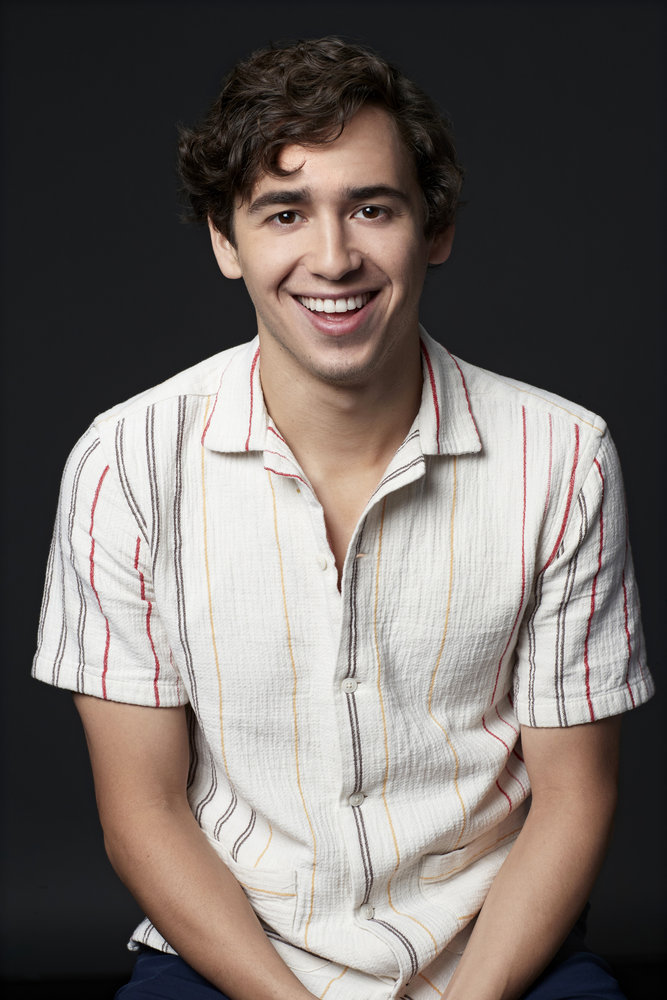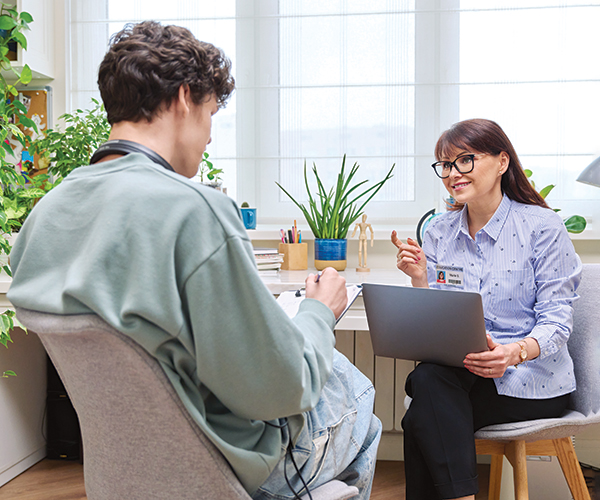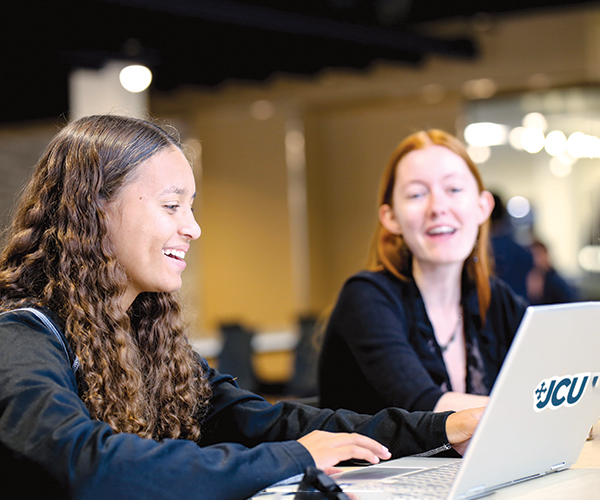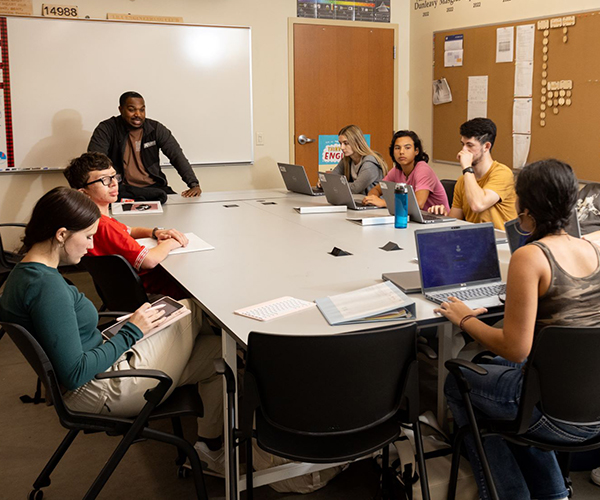Adventures in Learning
Sep. 27, 2007 | 4:00 AM
Inspired by the very popular Magic Tree House book series by Mary Pope Osborne, all-girls Laurel School built a magical tree house on its campus. In this structure, girls can take their imaginations to new places, as this “magic” tree house provides their retreat. It also provides an opportunity for the school to open its doors to kids from the community with special needs.
“Girls learn best from observable, investigative experiences,” says Sarah Farley, director of public relations.
The tree house is a natural metaphor for lessons that ask girls to think about questions from multiple points of view. In science, the tree house allows bird watching from an altered perspective, and helps girls get a better sense of how the forest has layers or zones in which different plants and animals live. In math, the tree house allows girls to trace the different geometric shapes that come together in the tree house’s structure; measure the perimeter or circumference and diameter of the house itself; measure heights at different places along the ramp and calculate slope.
You can apply the tree’s lessons with your children by exploring some of these concepts and techniques in tree houses and playhouses in your backyard or on walks through Northeast Ohio’s parks. Prompt your child’s imagination by making up stories; challenge her math skills by talking about shapes, structure, distance; discuss science and nature as you explore your world together.
Space Shuttle Simulator
Since 1989, all-boys University School has been operating space shuttle simulations using a permanent full-size replica of the mid and flight decks of the space shuttle. The facility also includes a mission control area, a replica of part of the International Space Station and an airplane (flight) simulator. Here, University School’s boys can train like astronauts and learn astronaut vocabulary, space shuttle procedures, orbital mechanics and other aspects of shuttle operation. During simulated missions, students duplicate the jobs needed to put a space shuttle into orbit.
“In any school, particularly a boys’ school, hands-on experience adds an extra dimension to the learning process,” says Robert Morgan, coordinator for academic computing and director of space science programs at University School’s Shaker Heights K-8 campus.
“There’s a lot to be said for doing as you’re learning,” he adds. And the activities conducted in the space simulator have a direct connection to the science, math and teamwork required in a traditional classroom setting.
Take this concept into your own home by providing simulated environments for your own budding scientists to learn and explore. “An old refrigerator box makes a great at-home version of our space simulator,” Morgan says. “Draw on a fancy control panel, improvise a NASA-inspired script and blast off!”
Trending
-
1
-
2
-
3
-
4
-
5










